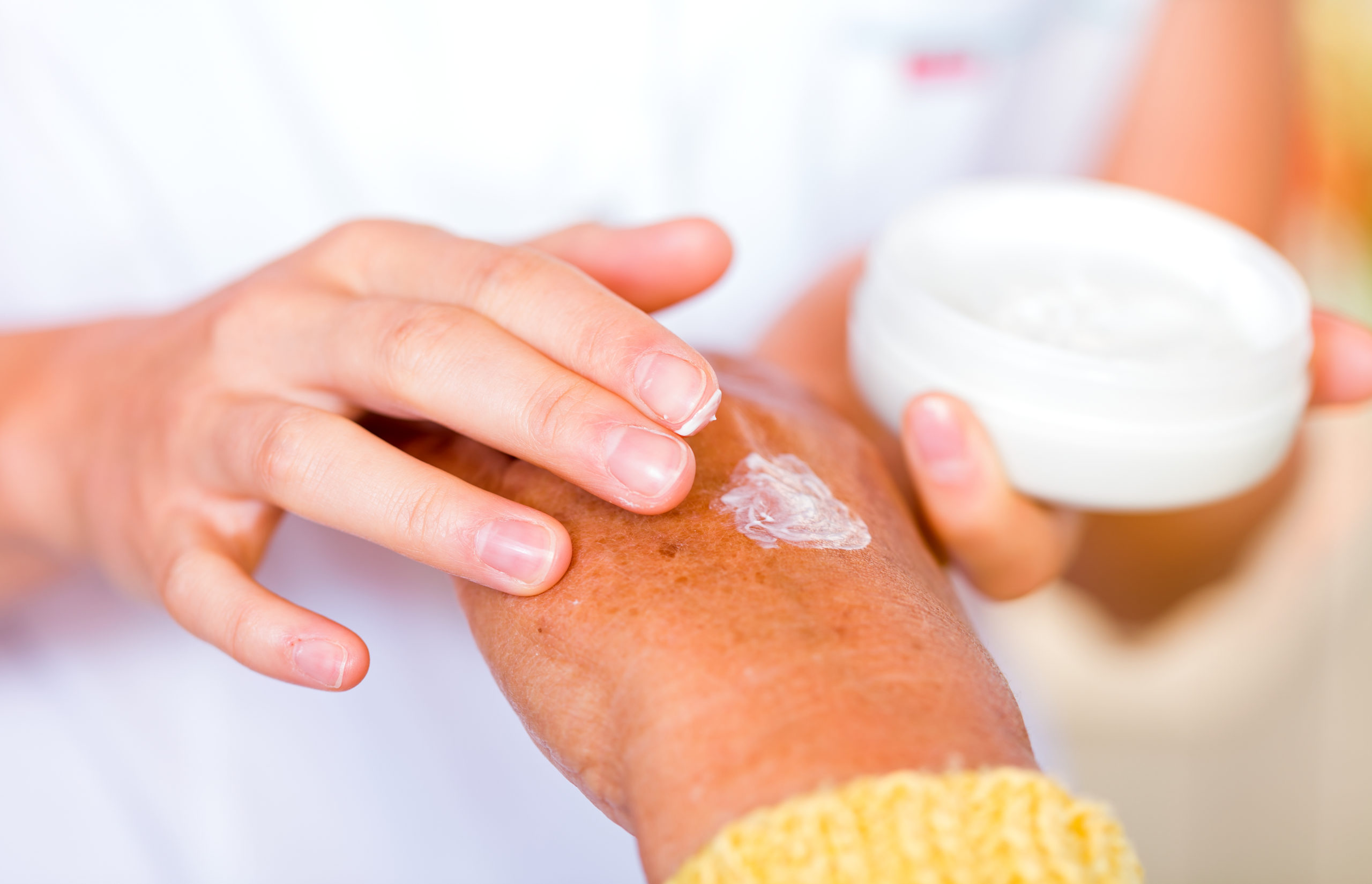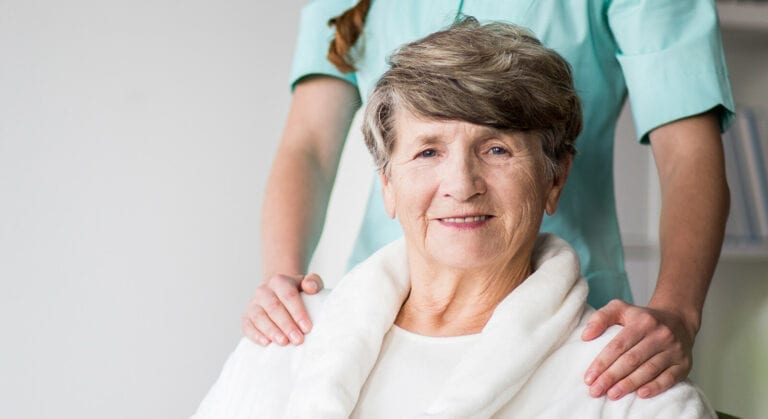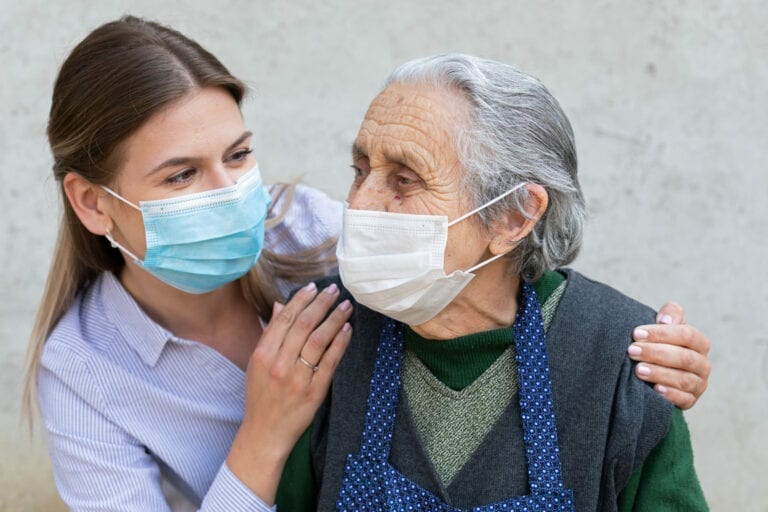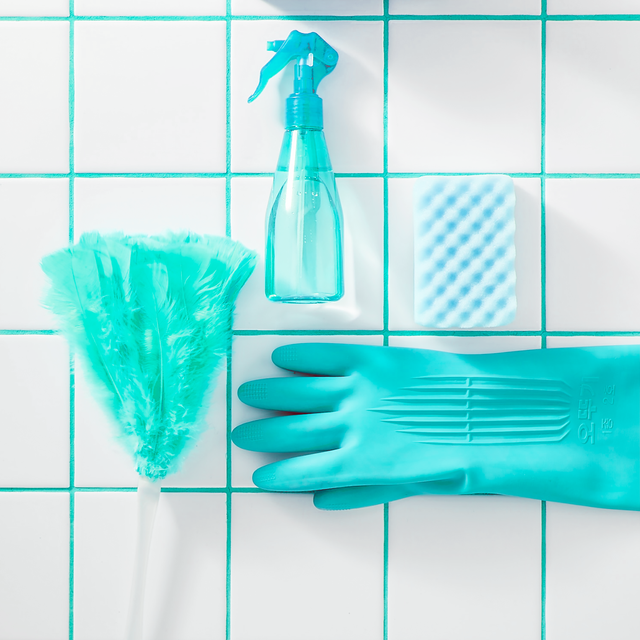Skin problems occupy a major role in senior care and those involved in-home care assistance of aged people must know how to deal with various skin conditions caused due to advancing age.
As your aged parents or grandparents become older there is excess water loss in the skin and they get into a condition called Xerosis or dry skin. This condition leads to itchy and causes dermatitis or itchy skin.
Though this condition can be treated in-home health care, the sustained itching sensation leads to repeated scratching causing chronic wounds and infections. These are usually found in the lower legs and must be treated without delay.
Eldercare should aim at maintaining good skincare and examinations must be conducted at regular intervals to see the condition of the skin in older patients. Symptoms for skin damage due to itchy skin must be treated promptly to prevent further complications.
Promote the use of emollients to liberally hydrate the skin to soften it, and this can be an effective way to prevent the skin from becoming too dry and too brittle causing chronic wounds.
As a part of the skincare in older patients, besides treating itchy skin, the 24-hour care at home should aim at avoiding the use of products that irritate the sensitive skin of the senior patients so that you can help in improving the skin health in older patients.
To prevent complications due to skin tears skin rash or skin injury steps must be taken to take immediate medical help.
During home care assistance the senior patient must be taught to properly take care of his tender skin and teach them how to handle the delicate areas of the skin in their body and how to avoid getting dry skin and avoid scratching to the extent of causing wounds especially in the extremes of the body.
The primary duty of home care assistance to the elder persons must be to take constant steps to delay skin deterioration and managing the problem of dry and itchy skin. It is natural for the skin to lose much of its epidermis and dermis as the person gets older, and this makes their skin look thinner and flatter with a drastic reduction in mechanical strength.
The reduction of cutaneous blood vessels and nerve endings, and lowering of the amount of connective tissue, that has collagen and elastin leads to dry skin and the patient feels constant itching in the skin.
With advancing age the skin is not able to retain moisture, or control temperature, and to protect the body from the surrounding environment. This situation is aggravated by environmental factors, like exposure to UV radiation, and leads to a further detrimental effect on skin health over time.
As a caregiver to elder patients, you must understand that skin management in older people should focus more on preventing skin damage and for this those in elder care must monitor the condition of skin regularly. Prevention of skin damage and prevent itchy skin should include looking after the health of the skin primarily by maintaining a balanced diet, with a good intake of protein, the required vitamins, and fatty acids. With advancing age older people lose the ability of the skin to regenerate once damaged.
In-home care patients in elder care also find that their immune function also declines with age. This increases their susceptibility to infection, like wounds caused by scratching. Identify dry skin early. Dry skin is one of the most common dermatological problems in older people. This is caused by water loss from the stratum corneum, leading to the development of skin cracks, resulting in itching, cause bleeding, and make older people susceptible to asteatotic dermatitis.
So, your patient as a part of his eldercare must take their skin periodically assessed for signs of excessive dryness. You should know that dry skin is caused by
- Exposure to cold, dry air during winter
- Sustained Direct skin exposure to fan heaters
- Frequent immersion in water
- Regular Use of alkaline soaps and detergents with ingredients that drastically damage the skin barrier
- Chronic sun damage due to unprotected exposure to sunlight for long periods
- The onset of Papulosquamous skin conditions, e.g. eczema, psoriasis
- Having Chronic illnesses like. hypothyroidism, chronic kidney disease (CKD)
- Transmission of adverse skin conditions due to Genetic inheritance, leading to conditions like ichthyosis Vulgaris, characterized by persistently dry, thickened, rough skin Suffering from systemic skin diseases like lymphoma, malnutrition, resulting in acquired ichthyosis
Home care assistance to elderly patients must make them understand that excessively dry skin is scaly or cracked and this usually develops in the legs where the skin has the appearance of cracked porcelain a condition called eczema craquelé
- Removing triggers for dry skin
Removing the things that trigger the onset of dry skin in elderly patients is part of your senior care program and teach them how to reduce the need for treatment by properly taking care of their skin.
For this consider the history of the patients to know the condition of their skin and the past problems they have faced with dry skin and know the obvious causes. You have to advise the patient not to use soap and other alkaline cleansers and say no to all topical products that contain alcohol or fragrance.
Tell them to wear loose clothing and avoid woolen fabrics as much as possible to reduce skin irritation. Also, the 24 hour home assistance must teach them how they can reduce lipid loss from the skin and may limit skin irritation by spending less time under the shower and reducing their bath time.
- Emollients use and dry itchy skin
As a way of offering home health care to elder patients for dry itchy skin, you can use emollients to give a better relief to the patients. Those with dry skin should apply emollients at least twice or thrice daily.
This should be done within minutes of washing the skin, and at other times whenever dryness of the skin is felt. These emollient products are available in different formulations, and you can get them in the form of creams, ointments, and lotions.
These Emollients hydrate the dry skin in two ways namely by:
- Drawing moisture from the dermis to epidermis due to the presence of humectants, like urea or glycerol and
- By preventing the escape of water from the skin with an oily layer, like by the application of ointments with more viscosity
The emollient products are generally neutral substances or have very low pH for helping the maintenance of the barrier function of skin and they also have anti-inflammatory properties.
The choice of emollient products to use during home health care as a part of the senior care must be based on how dry the patient’s skin is and their preference for particular products. It is highly necessary to select the right emollient product that the patients are already using if any or must use the ones that the more comfortable to the patient. Here you may behave to adopt a trial-and-error process to select the right product for the patient that works well for the patient as well help him feel better.
However, an emollient with a 10% urea content is can be your starting point even though some patients may feel a mild stinging or itchy rash associated with the first time use of urea. These emollients with urea should not be used on areas of skin with dermatitis or where there is broken skin. These must not be used on any infected areas or where there is severe or erythema.
The emollient products must be changed depending on the season and the senior care person must assess the patient’s lifestyle and disease severity before changing the emollient product and know which one is good during which season.
In winter use an emollient with a thicker lipid film, like an occlusive ointment for patients with drier skin. With high oil content, these ointments become messy and stain clothes, so it is better to use them at night. You should also be aware that the greasy emollients usually lead to infected or irritant folliculitis. When this happens as a part of your home health care routine, the patient should be switched to a less greasy product. If there is an infection the use of antibiotics may
be required and you can start from flucloxacillin if Staphylococcus aureus is suspected to be present.
Thus, you have to take care of an elder patient with an itchy skin condition and as a part of the home care assistance never lose the importance of maintenance of skin health and in case you find any problem in the skin do not hesitate to take medical help. This will prevent costly and prolonged health problems for the elder person.







